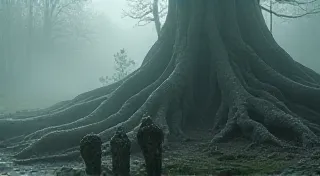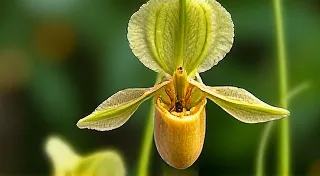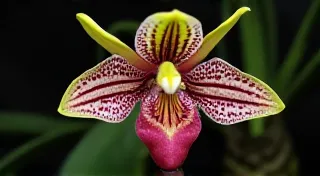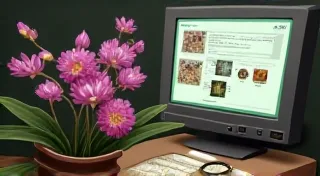Bulbophyllum Identification: A Comprehensive Guide to These Miniature Marvels
Bulbophyllum orchids (often shortened to Bulbophyllum) are a vast and perplexing genus within the orchid family (Orchidaceae). They represent one of the largest genera, boasting an estimated 2,000 species, and are renowned for their often bizarre and miniature forms. Identifying Bulbophyllum can be challenging, even for experienced botanists, but a careful examination of key features can significantly aid in the process. This guide provides detailed tips, focusing on leaf shape, flower structure, and growth habits, to help you identify these miniature wonders.
Understanding the Challenges
The sheer diversity within Bulbophyllum is the primary obstacle to identification. Species can vary dramatically in size, habit (epiphytic, lithophytic, terrestrial), and flower morphology. Many species look superficially similar, and subtle differences are crucial for accurate identification. Furthermore, hybridization can occur, further complicating matters. Don’t be discouraged if you initially struggle - even experts rely on specialist keys and detailed comparisons.
Key Identification Features
Let’s break down the most important characteristics to consider when identifying a Bulbophyllum orchid.
1. Leaves: Shape, Size, and Texture
Bulbophyllum leaves are incredibly variable. They can be:
- Shape: Oblong, elliptical, linear, ovate, lanceolate, or even highly modified into bizarre shapes resembling insects or animals.
- Size: Ranges from tiny (less than 1mm) to relatively large (several centimeters).
- Texture: Leathery, papery, succulent, or hairy. Many species have distinctive pilosity (hairiness) on the upper or lower surface.
- Specialized features: Look for glands, spots, or unusual markings.
Documenting the leaf shape with detailed measurements and descriptions is essential.
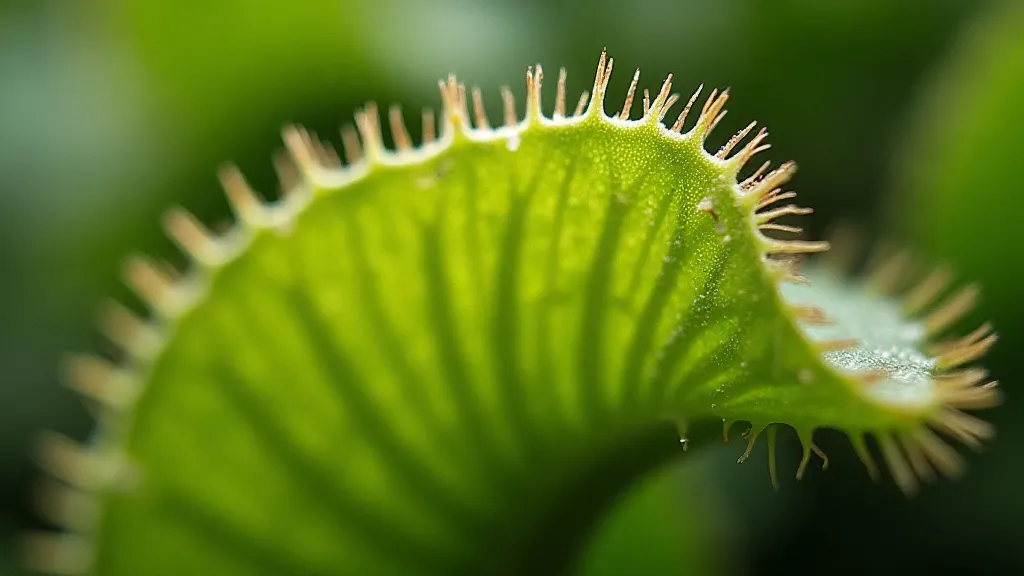
2. Pseudobulbs: Size, Shape, and Number
Many Bulbophyllum species have pseudobulbs, swollen stems that store water and nutrients. These can be single, clustered, or absent entirely. They can be:
- Shape: Oblong, conical, flattened, or irregular.
- Size: Ranging from tiny to quite substantial.
- Number: Some species have a single pseudobulb, while others have numerous clustered pseudobulbs.
The presence, shape, and number of pseudobulbs are important identifiers.
3. Flowers: A Realm of Oddities
The flowers of Bulbophyllum are notoriously strange and fascinating. They are often small and highly specialized. Key features to observe include:
- Sepal and Petal Shape: These can be dramatically different in shape and size.
- Lip (Labellum): The lip is usually the most modified petal and often has a unique shape, color, and markings.
- Spur: Many Bulbophyllum species have a spur, a long, tubular projection arising from the base of the flower. The length, shape, and contents of the spur can be crucial identification features.
- Coloration: Note the colors and patterns on all floral parts.
- Scent: Some species have a distinct fragrance, which can be a helpful identifying characteristic.
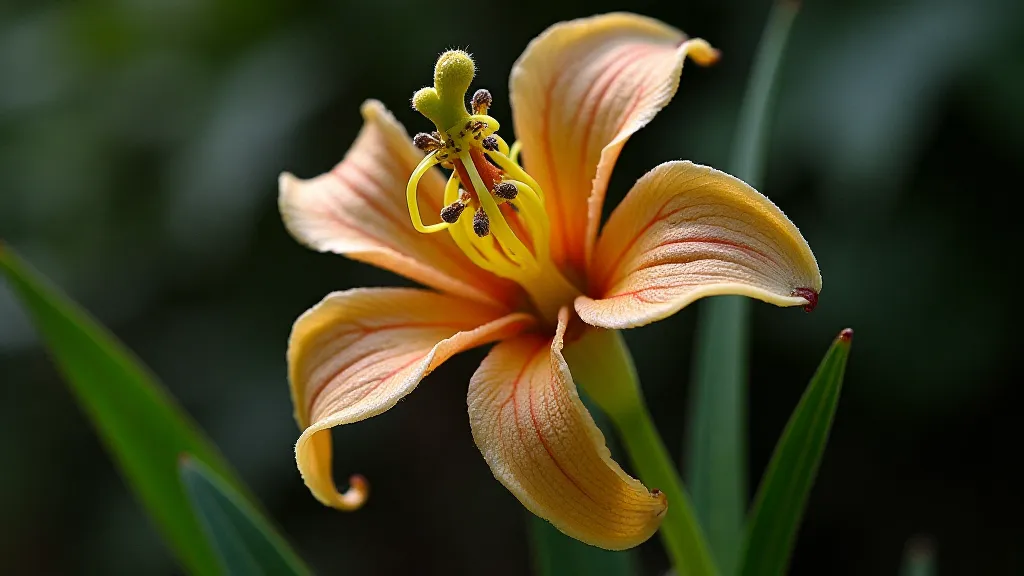
4. Growth Habit: Epiphytic, Lithophytic, or Terrestrial
Knowing how the orchid grows provides valuable clues. Bulbophyllum can be:
- Epiphytic: Growing on trees or other plants.
- Lithophytic: Growing on rocks.
- Terrestrial: Growing in the ground.
Resources for Identification
Identifying Bulbophyllum orchids requires patience and the use of specialized resources. Here are some helpful avenues to explore:
- Specialized Keys: Botanical keys specifically designed for Bulbophyllum are essential for precise identification. These keys often utilize detailed morphological descriptions and comparisons.
- Herbaria: Visiting a herbarium (a collection of preserved plant specimens) allows you to examine authentic samples and compare your specimen to known species.
- Online Databases: Several online databases provide information and images of Bulbophyllum species.
- Orchid Societies: Joining an orchid society provides access to experienced growers and knowledgeable resources.
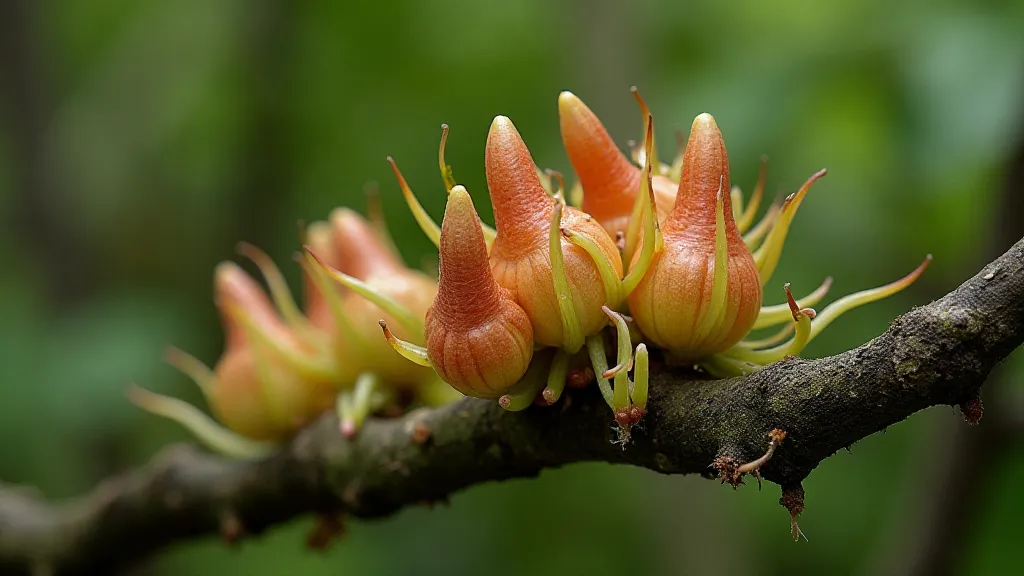
Conclusion
Identifying Bulbophyllum orchids is a challenging but rewarding endeavor. By carefully observing the key features discussed in this guide – leaf shape, pseudobulb characteristics, floral structure, and growth habit – and utilizing specialized resources, you can begin to unravel the mysteries of this remarkable genus. Don’t be afraid to ask for help from experienced orchid enthusiasts. Happy orchid hunting!
